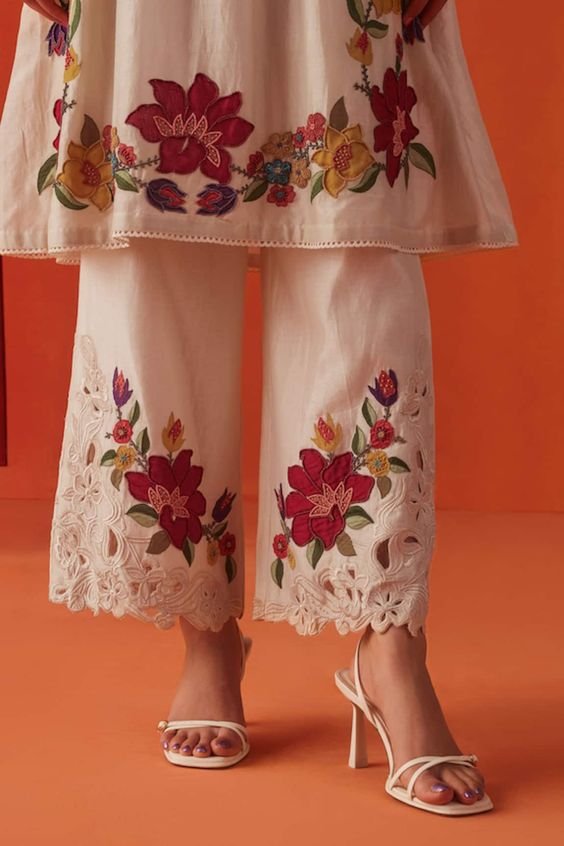The Artistry Behind Banarasi Weaves

Unraveling the Elegance: The Artistry Behind Banarasi Weaves
The Banarasi weave, originating from the sacred city of Varanasi, is synonymous with luxury and timeless elegance. Renowned for its intricate designs and lustrous silk, Banarasi fabric has adorned royals and brides for centuries. But what makes Banarasi so special? Let’s delve into the rich history and craftsmanship behind these exquisite weaves.
Historical Significance: The Banarasi weave dates back to the Mughal era, where Persian motifs fused with Indian artistry, creating intricate patterns that are still revered today. This blend of cultures is evident in the floral and foliate designs, kalga and bel, and jhallar, the string of leaves adorning the edge of a saree.
Craftsmanship: The creation of a Banarasi saree is a labor-intensive process, often taking several months. Skilled weavers painstakingly handcraft each saree, using traditional techniques passed down through generations. The use of pure silk, gold, and silver threads adds to the grandeur, making each piece a work of art.
Contemporary Appeal: While traditional designs remain popular, contemporary Banarasi weaves incorporate modern aesthetics, making them versatile for various occasions. From weddings to formal events, Banarasi sarees and lehengas continue to be a symbol of elegance and sophistication.
"I purchased a Banarasi saree from Kaari Ghar, and I couldn't be happier! The intricate zari work is simply stunning. It’s clear that a lot of love and skill went into making it. I received so many compliments at my cousin's wedding. Thank you, Kaari Ghar!"
Banarasi weaves are not just fabrics; they are a legacy of art and culture. At Kaari Ghar, we celebrate this heritage by offering a curated collection of Banarasi sarees and lehengas, each piece reflecting the timeless charm and unparalleled craftsmanship of Varanasi. Explore our Banarasi Collection and adorn yourself in history and elegance.
- Tags: fashion






dasda